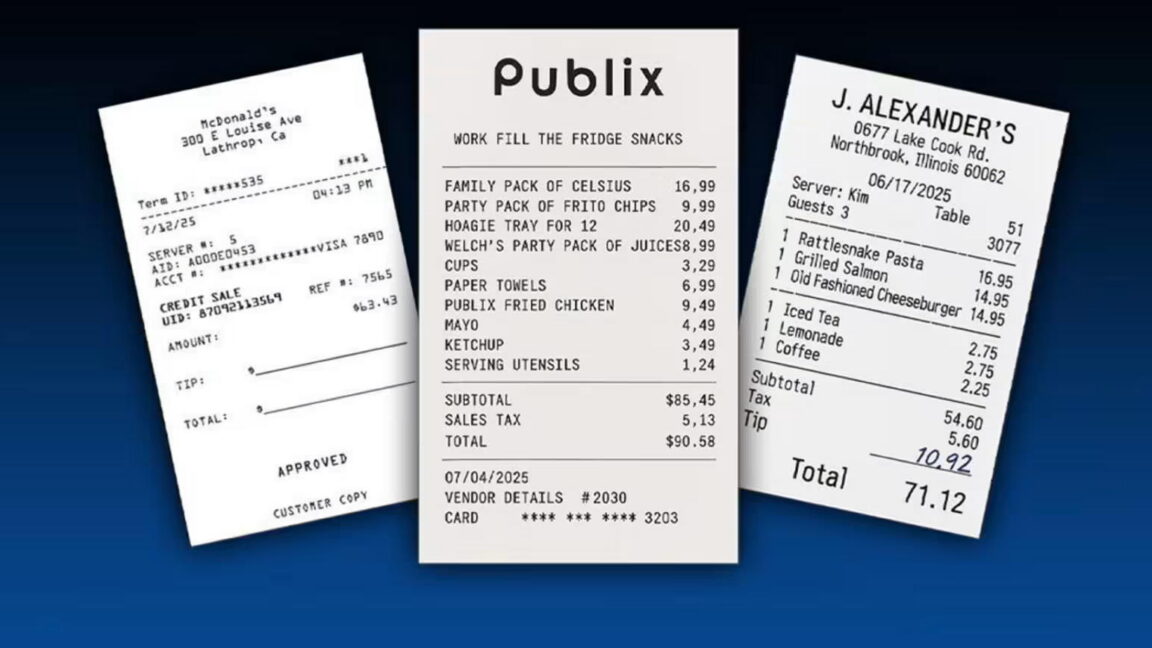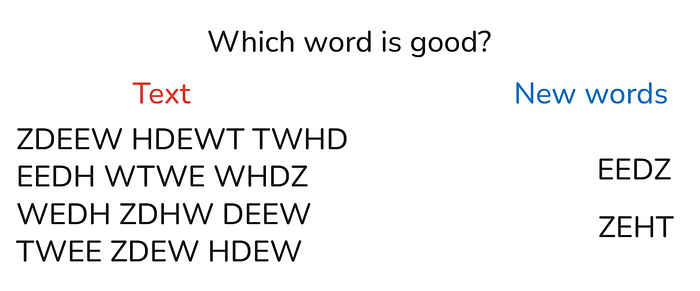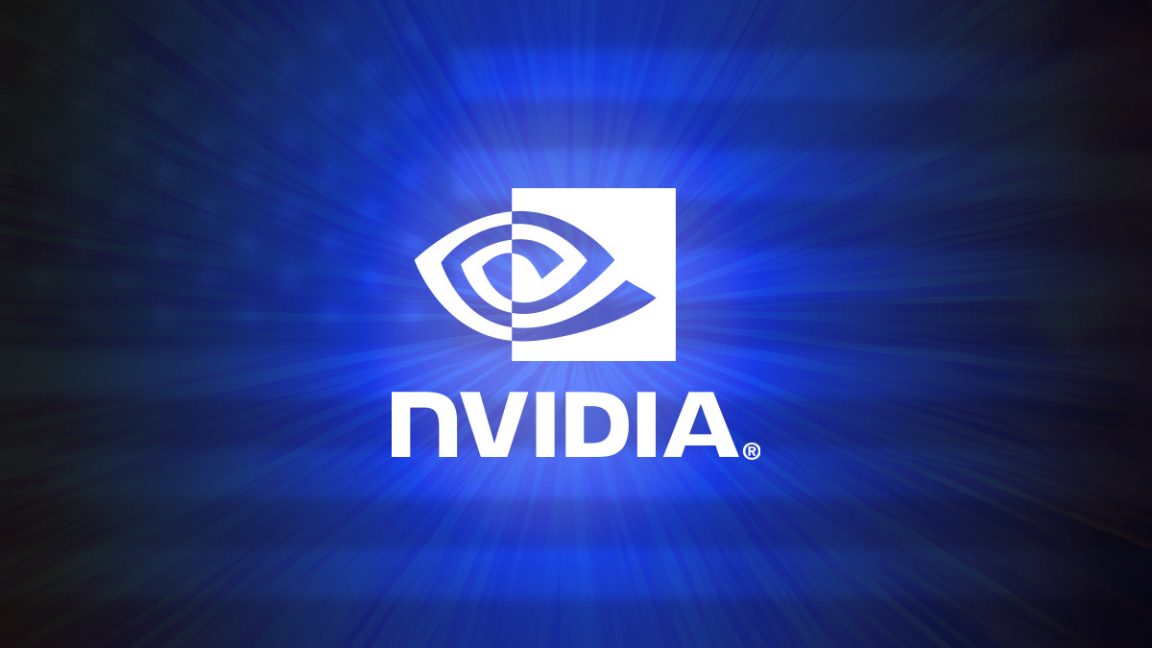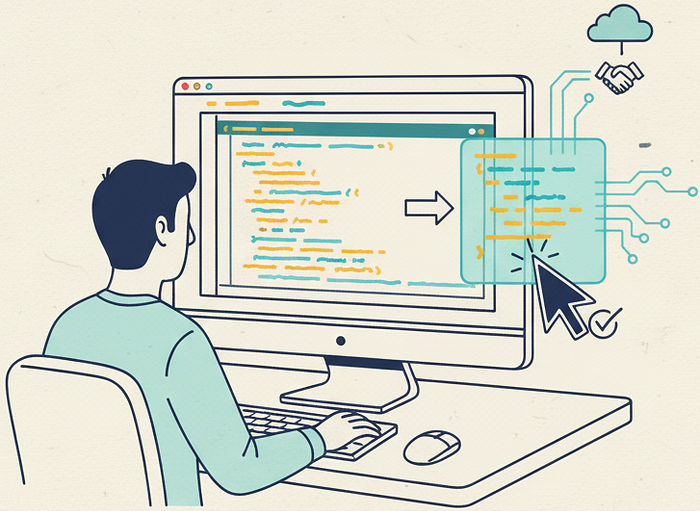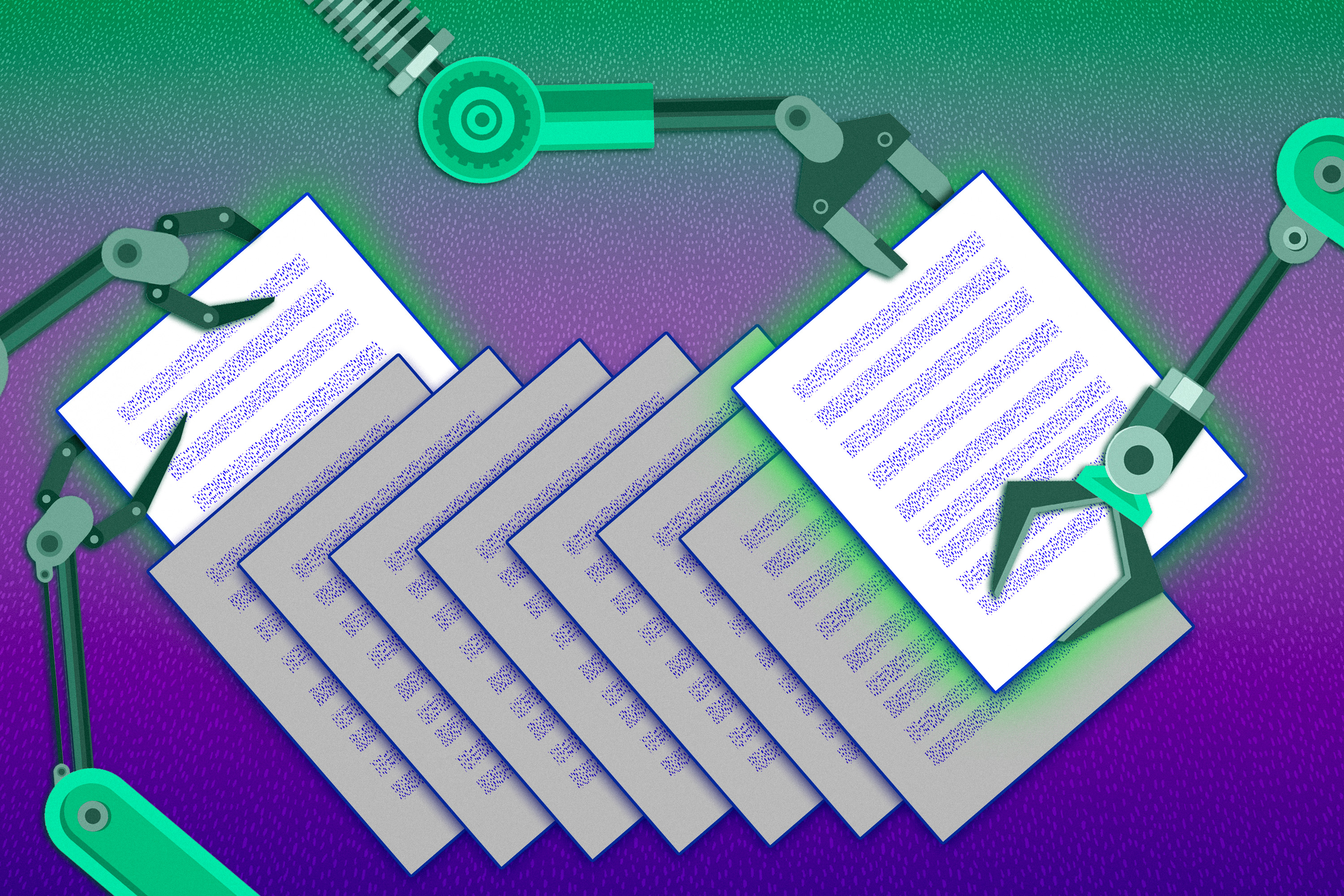Introduction to AI-Generated Fake Receipts
The rise of artificial intelligence (AI) has led to the creation of highly realistic fake receipts, making it difficult for companies to distinguish between genuine and fake expenses. Several receipts shown to the Financial Times by expense management platforms demonstrated the realistic nature of the images, which included wrinkles in paper, detailed itemization that matched real-life menus, and signatures.
The Threat of AI-Generated Fake Receipts
“This isn’t a future threat; it’s already happening. While currently only a small percentage of non-compliant receipts are AI-generated, this is only going to grow,” said Sebastien Marchon, chief executive of Rydoo, an expense management platform. The rise in these more realistic copies has led companies to turn to AI to help detect fake receipts, as most are too convincing to be found by human reviewers.
How AI-Generated Fake Receipts Are Detected
The software works by scanning receipts to check the metadata of the image to discover whether an AI platform created it. However, this can be easily removed by users taking a photo or a screenshot of the picture. To combat this, it also considers other contextual information by examining details such as repetition in server names and times and broader information about the employee’s trip. “The tech can look at everything with high details of focus and attention that humans, after a period of time, things fall through the cracks, they are human,” added Calvin Lee, senior director of product management at Ramp.
Prevalence of AI-Generated Fake Receipts
Research by SAP in July found that nearly 70 percent of chief financial officers believed their employees were using AI to attempt to falsify travel expenses or receipts, with about 10 percent adding they are certain it has happened in their company. Mason Wilder, research director at the Association of Certified Fraud Examiners, said AI-generated fraudulent receipts were a “significant issue for organizations.” He added: “There is zero barrier for entry for people to do this. You don’t need any kind of technological skills or aptitude like you maybe would have needed five years ago using Photoshop.”
Conclusion
The use of AI-generated fake receipts is a growing concern for companies, and it is essential to use AI-powered detection software to identify and prevent such fraud. As the technology continues to evolve, it is crucial for companies to stay vigilant and adapt their detection methods to stay ahead of those attempting to falsify expenses.
FAQs
- Q: What are AI-generated fake receipts?
A: AI-generated fake receipts are highly realistic fake receipts created using artificial intelligence, making it difficult to distinguish between genuine and fake expenses. - Q: How are AI-generated fake receipts detected?
A: AI-powered detection software scans receipts to check the metadata of the image and considers other contextual information to identify fake receipts. - Q: How prevalent are AI-generated fake receipts?
A: Research suggests that nearly 70 percent of chief financial officers believe their employees are using AI to attempt to falsify travel expenses or receipts, with about 10 percent certain it has happened in their company. - Q: What can companies do to prevent AI-generated fake receipts?
A: Companies can use AI-powered detection software and stay vigilant to adapt their detection methods to stay ahead of those attempting to falsify expenses.


